
Image tirée de la collection du Musée McCord Stewart utilisées pour le projet Prendre soin de nos histoires. Atelier au CARI Saint-Laurent, novembre 2022. Photo : Thibault Caron
Partnership
New Uses of Collections in Art Museums
2021-2028
The New Uses of Collections in Art Museums Partnership brings together the museum and the university in a co-production of knowledge on the transformation of practices surrounding museum collections. Under the direction of Johanne Lamoureux, the Partnership is structured along four axes of research that are under the responsibility of Marie Fraser (Axis 1 – Exhibited Collections), Johanne Lamoureux (Axis 2 – Engaged Collections), Mélanie Boucher (Axis 3 – Expanded Collections) and Emmanuel Château-Dutier (Axis 4 – Shared Collections). The Partnership brings together some twenty researchers, collaborators from Canada and abroad, and six partner museums (the Musée d’art contemporain de Montréal, the Musée d’art de Joliette, the National Gallery of Canada, the Montreal Museum of Fine Arts, the McCord Stewart Museum, and the Musée national des beaux-arts du Québec). In addition to the Partnership’s host university (Université de Montréal), four francophone educational institutions (the École du Louvre, the Institut national de la recherche scientifique, the Université de Liège, the Université du Québec à Montréal, and the Université du Québec en Outaouais), three university art galleries(the Centre d’exposition de l’Université de Montréal, the Galerie de l’UQAM, and the Galerie UQO), and one community organization (Exeko) are also partners. The Partnership also involves two research chairs: the Canada Research Chair in Civic Museology (Johanne Lamoureux/UdeM) and the Research Chair in Curatorial Studies and Practices (Marie Fraser/UQAM).
Announcements
_Acquiring Differently_

Acquiring Differently
- Ottawa
This international, bimodal and bilingual, colloquium is jointly produced by the National Gallery of Canada (NGC) and the Université du Québec en Outaouais (UQO) as part of the CIÉCO Research and Inquiry Group's New Uses of Collections in Art Museums Partnership. This colloquium was also made possible with the support of Équipe Art et Musée.
Research or Research-Creation Residency on Decolonial Museology 2023-2024
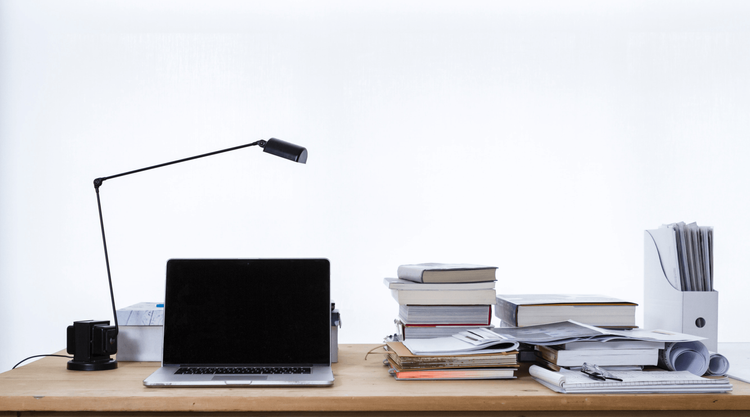
Research or Research-Creation Residency on Decolonial Museology 2023-2024
- Université de Montréal
Deadline: March 31, 2024
Project Description
In recent decades, novel museum strategies have permeated the domain of collections. Take, for example, anachronistic intrusions, replacements of historical displays by thematic presentations, or unusual proximities, cartes blanches offered to artists, live art performances in permanent collections, or a return to single-work shows. From 2014 to 2018, the CIÉCO Research and Inquiry Group explored the hypothesis that these initiatives feed museums’ media appetite and sanction the entry of the event-driven imperative within its collections.
While the irruption of events within collections has given rise to new uses, these are, however, more numerous and diverse, impacting not only the way collections are showcased, but also all the stages of life of the collection object—from acquisition to alienation through exhibition and mediation. Acquisitions are now made in association with other museums or on the initiative of the public through crowdfunding campaigns. Internal reports that propose new acquisitions no longer justify them solely on the basis of the history of style, national narrative, or the importance of an individual artist, but on the basis of the urgency of enriching the collection so that it embodies social diversity. The archiving of contemporary works requires conservation and presentation protocols that are often novel and increasingly complex. Reserve collections are sometimes on display. Restorations, offered as performances, are carried out in situ in the permanent collection rooms, while the circulation and loans of artworks rely on re-semantization arguments that were once unthinkable.
The project New Uses of Collections in Art Museums studies these new uses. How can we explain their proliferation? By what phenomenon(s) are they motivated? What traces do they leave in the institution and in society? We hypothesize that these new uses converge in the project of emancipating the collections from the doxa that they have embodied until now: the expected nomenclature of established artists, the deployment of a history of forms and styles, the modernist and isolationist distinction of individual arts, and the colonial canonical narrative of territories and periods. This emancipation is sought for ethical and pragmatic reasons and gives rise to a reworking of museum storytelling. New uses would contribute to broadening the usual frame of reference of the works in the collections, namely the history of art, to ensure that they remain relevant to current issues, particularly civic and ecological ones. They would be viewed as true levers of social transformation. Thus, through the study of collections and an approach of co-production of knowledge, the Partnership pledges to observe and analyze the processes of re-actualization of artistic heritage and seeks to answer the following questions: What is the purpose of museum collections today? For what purposes are they reinvested? And with what success?
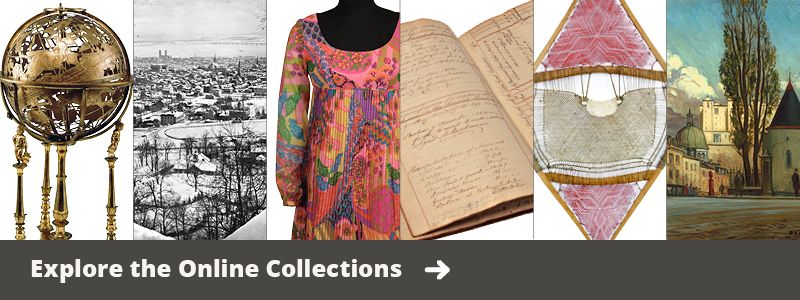
Objectives
New Uses of Collections in Art Museums project adopts an approach of co-production of knowledge based on five objectives:
- To contribute to the revaluation of the collections and to study the new knowledge that they mobilize through their historical, theoretical, and practical dimensions.
- To analyze the consequences of new uses for the collections’ heritage dimension when these uses introduce into museums new narratives, new players, and, most importantly, a new social accountability.
- To participate in the effort, imposed by the digital revolution on museum collections and research, of making collections and knowledge widely accessible.
- To reorientate training in museology and art history to better prepare the next generation for the responsibilities and uses related to collections.
- To encourage the double decompartmentalization of the two institutional hubs on art history and of the museums.
Encyclopedia of New Uses of Collections
The Partnership’s major unifying project is the production of the first Encyclopedia of New Uses of Collections. This open-access reference work will mobilize the expertise of all the participants. The Encyclopedia draws from multidisciplinary theoretical perspectives (anthropology, museology, and sociology), historical and diachronic approaches, and exemplary case studies. The uniqueness of its content lies in the neglected terrain it analyzes and in its standpoint of examining new uses following the stages of life of the collection object—namely, acquisition, documentation and restoration, display, mediation, circulation, alienation, and restitution. Hence, this approach gives access to the entire range of museum practices.


Methodologies
The co-construction of knowledge is fostered in four annual research workshops that bring together principal investigators, museum professionals, collaborators, young researchers, and students affiliated with the Partnership.
The four axes are developed around the historiographic, theoretical, and epistemological issues of new uses. The research also involves the analysis of museum archives; the identification, processing, and analysis of data; the selection and development of reference case studies; and the conduct of interviews with stakeholders (both professional and public). In addition, the Partnership aims to develop an experimental component through which research partakes in the creation of new uses for art museum collections.
Axis 1 – Exhibited Collections Axis 2 – Engaged Collections Axis 3 – Expanded Collections Axis 4 – Shared Collections
Research Topics
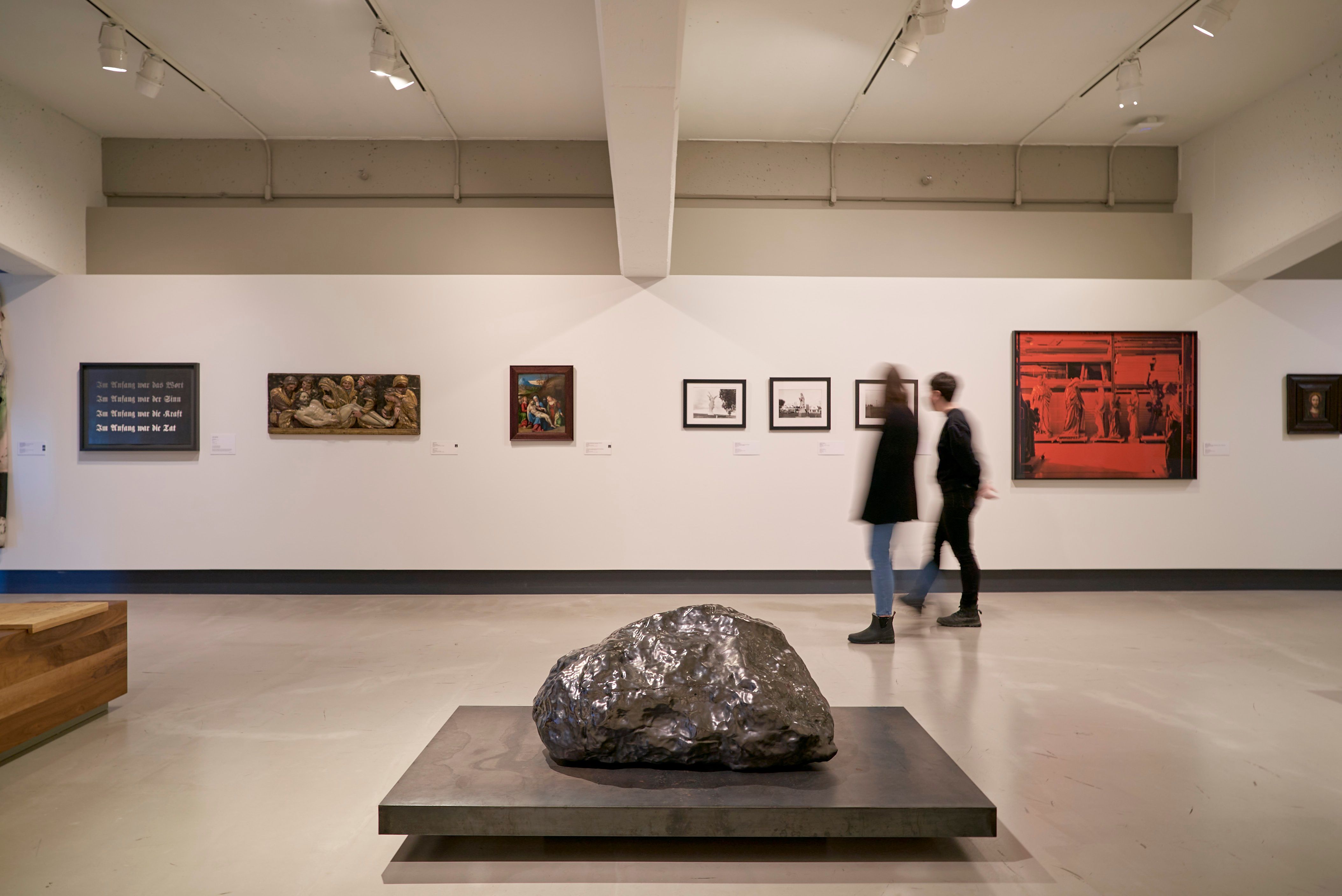
Axis 1 – Exhibited Collections
Under the responsibility of Marie Fraser, this axis studies diachronically the exhibitions of collections since 1960 in order to trace the emergence of new uses, and to document and analyze them. As it undertakes the first cross-disciplinary history of the exhibition of collections, this axis focuses on the critical analysis of museums and curatorial practices, including the redeployment of collections and the display, circulation, and trajectory of the work of art. It sets out to question the format and nature of the exhibitions of collections and to show that there are museographic conventions—chronological, thematic, national—that favour certain types of display and the mounting of serial works. If museums are seeking to revitalize, or even reactualize their collections, it is to take them out of the convention systems and models of permanence that have long determined their presentation and to tie them in with contemporary issues. It is a question of seeing to what extent the new uses correspond to the breaking up of these narrative and temporal models inherited from a canonical, universal, and colonial Western art history. It is in this context that Axis 1 examines the circulation of collections as a model for the reinforcement and dissemination of knowledge. What roles have museum collections played in the propagation of the great narratives that have shaped the discipline? This axis is also concerned with how the exhibition of collections influences the status, value, and mediation of artworks; and scrutinizes how curatorial practices, by way of new uses, initiate a critical reflection on the collections, their history, and their institutionalization. Finally, it is a question of reflecting on the lack of documentation of exhibitions, and the historiographical, methodological, and epistemological problems that this absence entails. Axis 1 is part of the activities of the UQAM Research Chair in Curatorial Studies and Practices.

Axis 2 – Engaged Collections
Under the responsibility of Johanne Lamoureux, this axis seeks to bring to light the civic modalities of the participatory turn, those that transform not only the institution but also society and its actors. It thus deepens a component of the Canada Research Chair in Civic Museology held by the director of the Partnership. The study of new uses discredits the opposition between the “dead heritage” of collections and the “living heritage” of the public. Collections and audiences are now in a dynamic relationship that revitalizes each axis. After 40 years of emphasis on unidirectional mediation, museums are now relying on more interactive civic participation. Art museums have been lagging behind other types of museums in making this shift, due to the long-standing fetishized nature of the artwork within culture. However, it turns out that institutions often develop these civic initiatives on the basis of intentions rather than objectives, and consequently, they do not measure their impact or spin-offs. Nor do they archive these projects, and traces of this civic turn are scattered randomly throughout education departments, annual reports, press releases, curatorial archives, and institutional memory. This axis identifies these gaps and aims to formulate the first protocol for archiving civic activities at the Museum. This protocol—based on the projects carried out by our partners—will allow for a first narrative of this important turning point. The expertise of the social innovation laboratory of the community organization EXEKO, a specialist in social inclusiveness in cultural settings since 2006, plays an important role in this axis: it is accompanying us in an evaluation of the impacts of future initiatives of this kind and in the development of a project for a civic curatorship in a partner museum.
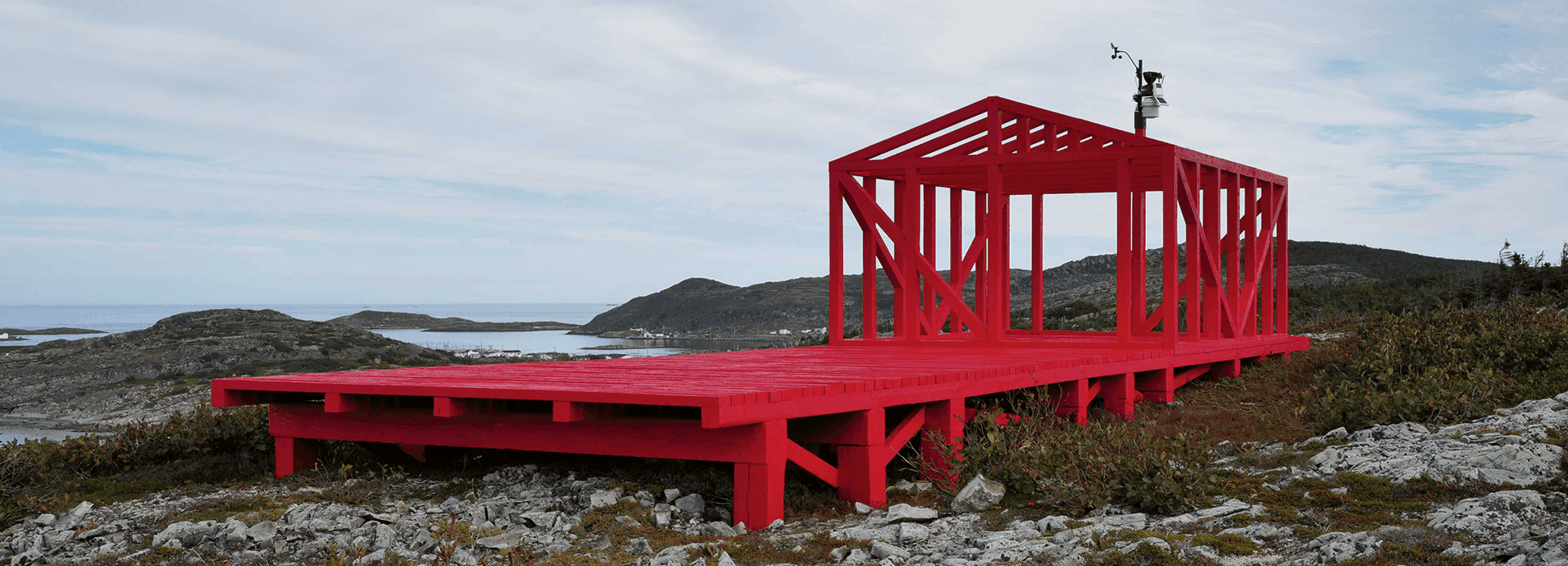
Axis 3 – Expanded Collections
Under the responsibility of Mélanie Boucher, Axis 3 – Expanded Collection considers the new practices musealization of artworks. It is committed to tracing the origins and evolution of these practices and to understanding the role of the main factors that contribute to their implementation. It recognizes the critical role of contemporary art over the last 60 years in these transformations and integrates the particular contribution of creation to its activities. Axis 3 focuses on works that defy conservation and display. It seeks to identify these works and to analyze institutional work that is generally carried out on a case-by-case basis, building on the three main components of musealization: acquisition, archiving, and presentation. The first focuses on acquisitions that require the establishment of singular ways of doing things—crowdsourcing, joint purchasing, performance, or choreography acquisition. The second considers the new types of archives produced jointly with artists—videographic, digital or documentary—and the preservation and interpretation issues that arise from them. The third component considers the impact of this expansion of collectable practices on the ways in which historical or contemporary works are presented. In the tradition of art history, which creates narratives based on singularity, this axis favours a case study approach, whose more general scope it ensures, this research is carried out in collaboration with the Cyberpsychology Lab of UQO—owner of one of the eleven immersive vaults in the world—in order to benefit from their virtual reality equipment and expertise. This collaboration serves the development of “prototypes” (virtual and augmented reality, etc.) designed for the documentation and presentation of specific, ephemeral works whose reinstallation is complex.
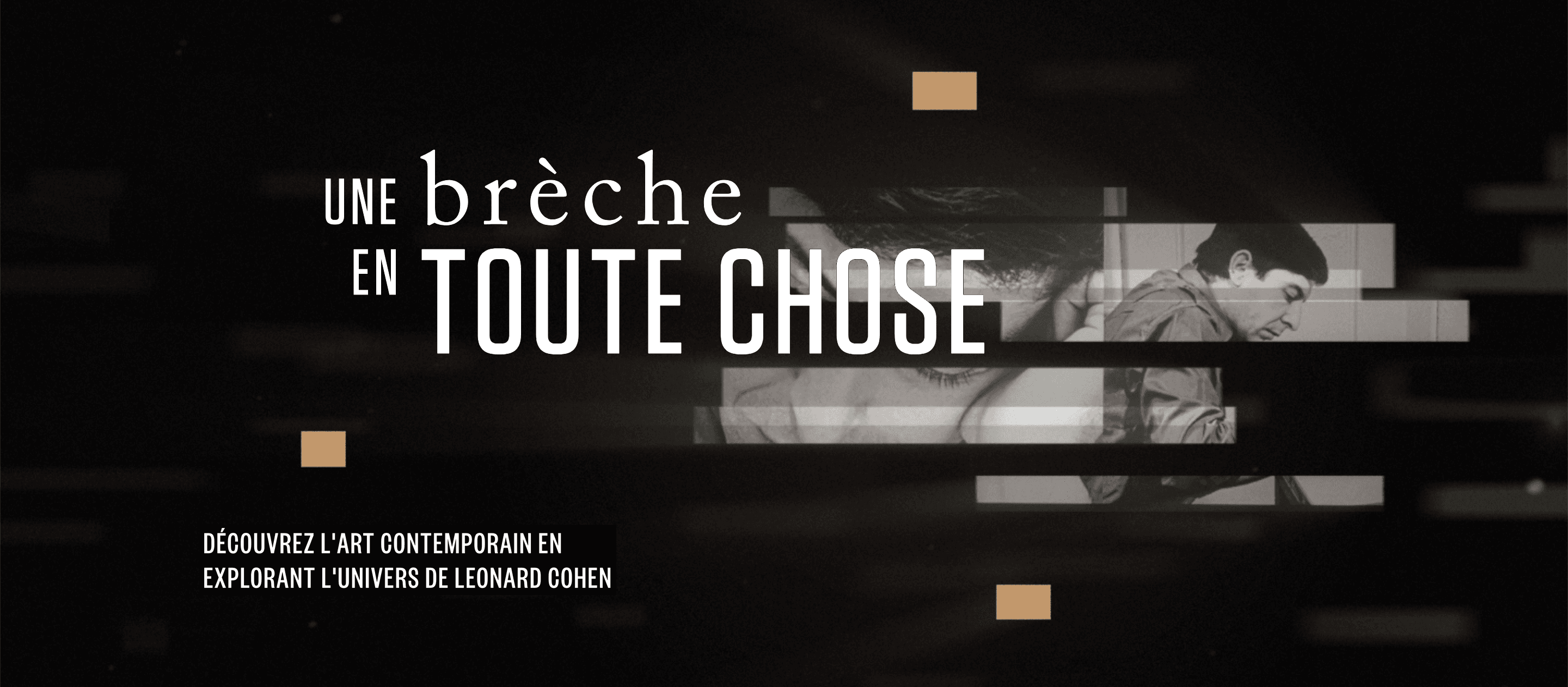
Axis 4 – Shared Collections
Under the responsibility of Emmanuel Château-Dutier, this axis explores how the digital era has changed the value of images. This value is determined less by the original/reproduction dynamic than by their circulation through sharing. For several years in Europe, and more recently in Canada, the museum world has been considering the opening of collections to a wider public as a way of caring for them, giving new impetus to the etymology of the word care, which underlies the function of the curator. This new paradigm allows for novel forms of engagement on social media for cultural institutions that mobilize audiences. When recognized in the public domain, collections can now be the object of all sorts of re-appropriations. The multiplication of museum interfaces also authorizes the circulation of pieces beyond the institution’s walls. So, how can we now make a collection and attach it to a brand, if not to a museum site? Through a series of investigations, this axis is led to identify the way in which these new uses are distinguished, from an ontological point of view, from the physical uses of collections.
Digital Museology Lab – Ouvroir
Ouvroir, the digital art history and museology lab supports the research conducted under the Partnership. It provides state-of-the-art equipment for investigation and for experimentation and development of new uses for digitized collections that build on the Web, 3D visualization techniques, as well as virtual and augmented reality. Ouvroir contributes to creating the Encyclopedia’s editorial infrastructure and to developing three tools for research: first, the implementation of a collaborative platform for work on the archives; second, the creation of a digital tool dedicated to the documentation of collection hangings; third, the creation of a JavaScript library to simplify the production and deployment of digital exhibition devices and illustration of the Encyclopedia. Ouvroir is also a multipurpose structure that facilitates collaborative work and the organization of remote meetings between project partners.
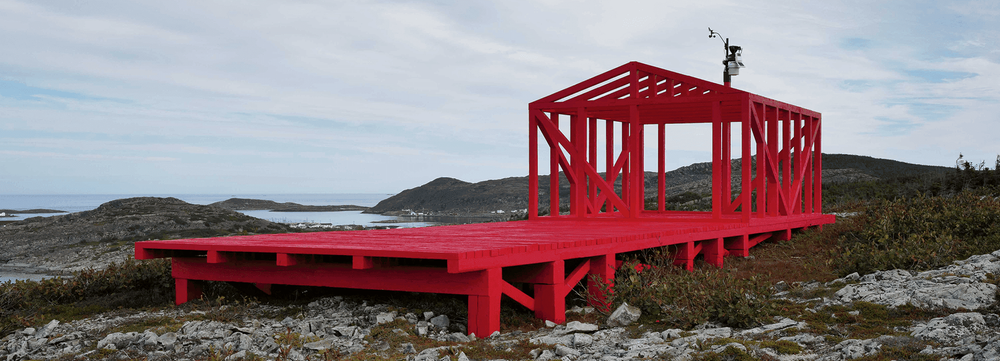
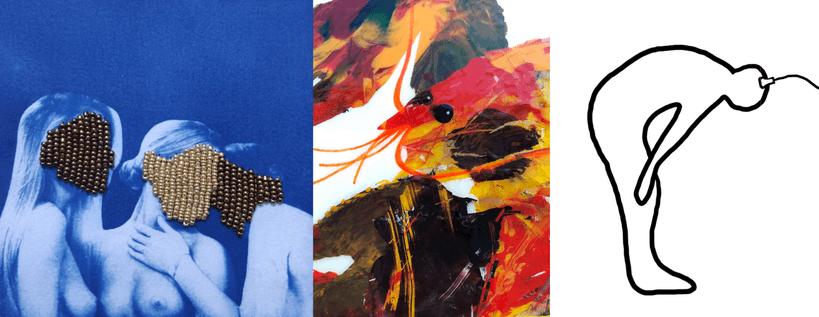
Team
Governance
The governance model is divided into three components. It is designed to promote the transversality of research and transparency of management. The principle of transparency that informs the entire governance structure is to include at all levels a representation of each category of participants in the project.
Student Experience
The New Uses of Collections in Art Museums Partnership offers student members a unique research environment, numerous funding opportunities for scholarships and assistantships, and direct access to a broad professional, research, and creative network in Canada and abroad. Undergraduate and graduate students, as well as postdoctoral fellows, participate in all research and knowledge mobilization activities, including the opportunity to participate in workshops, forums, colloquia, publications, and training courses organized by the Digital Art History and Museology Lab. Online and on-site student networking opportunities between the École du Louvre, the Institut national de la recherche scientifique, the Université de Liège, the Université de Montréal, the Université du Québec à Montréal, the Université du Québec en Outaouais, the Université Laval, and the Université Sorbonne Nouvelle – Paris III are also offered.
Those interested in carrying out a thesis, a dissertation, or a post-doctoral research project under the Partnership are invited to contact researchers directly to express their interest. For more information: